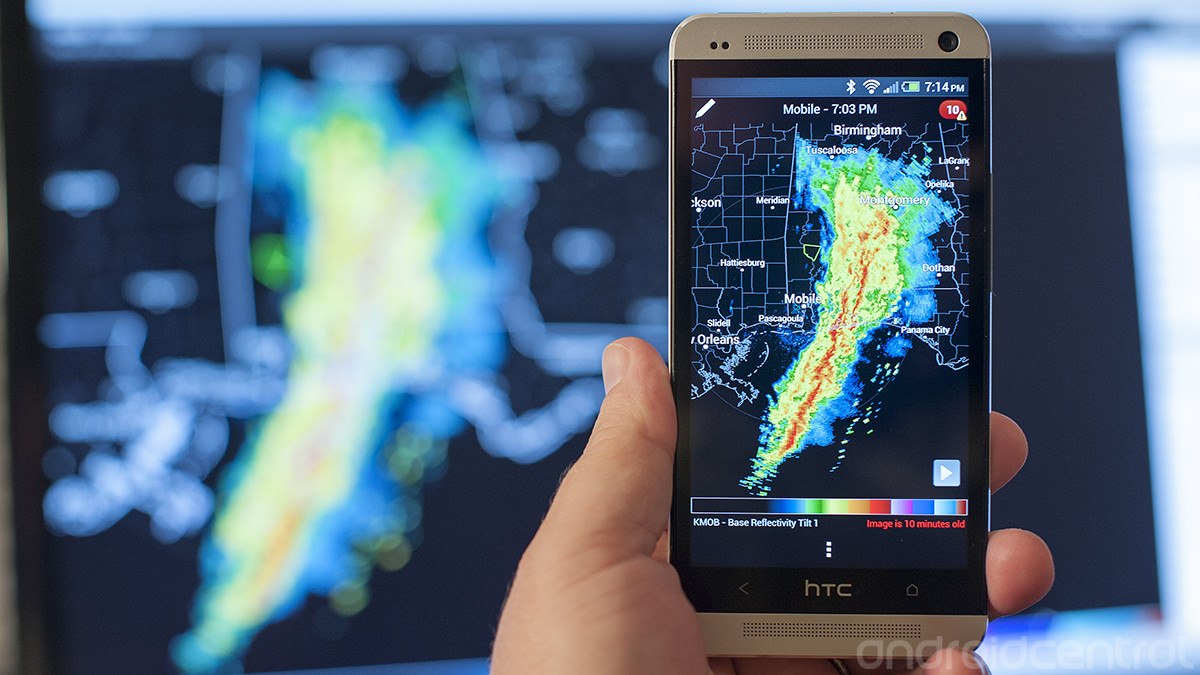

Here again, the use of transponder or ADS-B equipment is invaluable.Therefore, a small light airplane or a sleek jet fighter will be more difficult to see on primary radar than a large commercial jet or military bomber.The amount of reflective surface of an aircraft will determine the size of the radar return.There are several other factors which affect radar control:.The historical solution to screening has been the installation of strategically placed multiple radars, which has been done in some areas, but ADS-B now provides ATC surveillance in some areas with challenging terrain where multiple radar installations would be impractical.Relatively low altitude aircraft will not be seen if they are screened by mountains or are below the radar beam due to earth curvature.A negative characteristic of MTI is that an aircraft flying a speed that coincides with the canceling signal of the MTI (tangential or "blind" speed) may not be displayed to the controller.Again, radar beacon and MTI are very effectively used to combat ground clutter and weather phenomena, and a method of circularly polarizing the radar beam will eliminate some weather returns.Radar energy that strikes dense objects will be reflected and displayed on the operator's scope thereby blocking out aircraft at the same range and greatly weakening or completely eliminating the display of targets at a greater range.It is difficult to solve the effects of anomalous propagation, but using beacon radar and electronically eliminating stationary and slow moving targets by a method called moving target indicator (MTI) usually negate the problem.The bending of radar pulses, often called anomalous propagation or ducting, may cause many extraneous blips to appear on the radar operator's display if the beam has been bent toward the ground or may decrease the detection range if the wave is bent upward.Reflected or attenuated by dense objects such as heavy clouds, precipitation, ground obstacles, mountains, etc."Bent" by abnormal atmospheric phenomena such as temperature inversions.The characteristics of radio waves are such that they normally travel in a continuous straight line unless they are:.

Precipitation Attenuation Radar Limitations:


 0 kommentar(er)
0 kommentar(er)
